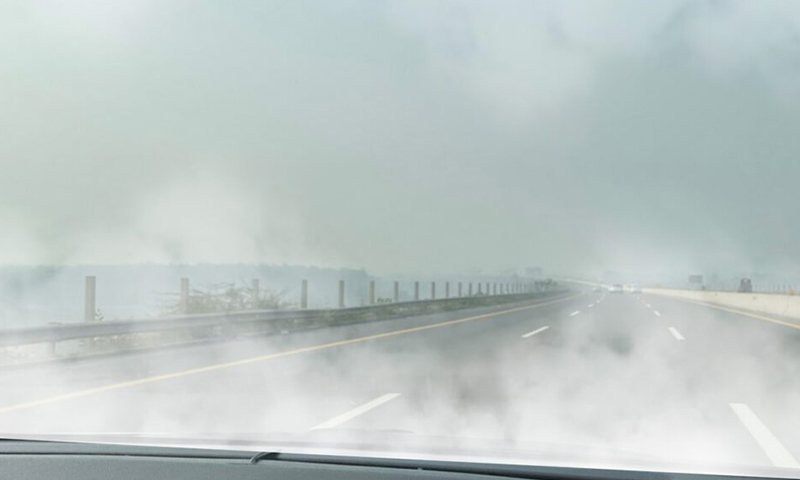- Web Desk
- 3 Hours ago
Melting glaciers, escalating floods and looming drought: NDMA sounds alarm
-

- Web Desk
- Aug 26, 2025

ISLAMABAD: The National Disaster Management Authority (NDMA) has issued a stark warning during a high-level briefing in Islamabad. He outlined the grave consequences of climate change currently impacting Pakistan and the even more severe threats expected in the coming year.
“The effects of climate change in Pakistan are dangerous and worsening,” the NDMA Chairman Lieutenant General Inam Haider Malik said, adding that flood intensity could rise by as much as 22 per cent in 2026 if current trends persist.
Also read: Floods continue to ravage KP: casualties, livestock losses, disease reported
He warned that rising temperatures are accelerating glacial melt in the northern regions, with 7,500 glaciers across the country, many of which are already melting at an alarming rate.
“If temperatures continue to rise, our glaciers will soon disappear,” he cautioned. “This will not only lead to increased flooding but also severe drought in the future, bringing with it threats to food and water security.”
The chairman confirmed that monsoon pressures are expected to persist until September 10, with water reservoirs across the country being closely monitored. He also revealed that 150,000 people have already been evacuated from the flood-hit Sutlej River area, and 2,100 tons of relief goods have been dispatched to affected regions.
He said that Gilgit-Baltistan, that has been heavily impacted by the recent flooding, will be the focus of reconstruction efforts. “People were living in waterways in highly vulnerable areas, and evacuation is ongoing across low-lying zones,” he said.
He praised the efforts of rescue teams in Khyber Pakhtunkhwa and Punjab, and acknowledged the significant support provided by Pakistani welfare organisations. “They’ve done a great job under very challenging circumstances,” he noted.
Looking ahead to 2026, the NDMA warned that the coming year will be even more difficult. “We must work together to protect our glaciers,” he said. “Pakistan is home to the second-largest glacial reserves in the world and while we can’t stop them from melting entirely, we can slow the process down.”
HIGH-RISK AREAS IDENTIFIED
During a meeting of the parliamentary committee, NDMA presented a report that has identified Chitral (North and South), Skardu, and surrounding northern regions as especially vulnerable in the coming weeks. A newly formed lake in Kumrat has also raised concerns about environmental degradation and tourism losses.
Also read: Continuous floods bring life to a grinding halt in G-B
Responding to questions from parliamentarians, the chairman clarified that the NDMA is working closely with the Pakistan Meteorological Department (PMD) to coordinate early warnings and damage assessments. However, he said that forecasting with higher accuracy remains challenging. “The Meteorological Department estimates it will take months for the full picture to emerge, but we are providing data and updates in real time,” he said.
The agency has compiled data from June 26 to the present, tracking climate impacts and preparing for future emergencies. “After the glaciers are gone, drought will follow. And with that, serious risks to the nation’s food and water supplies will also rise,” he said.




